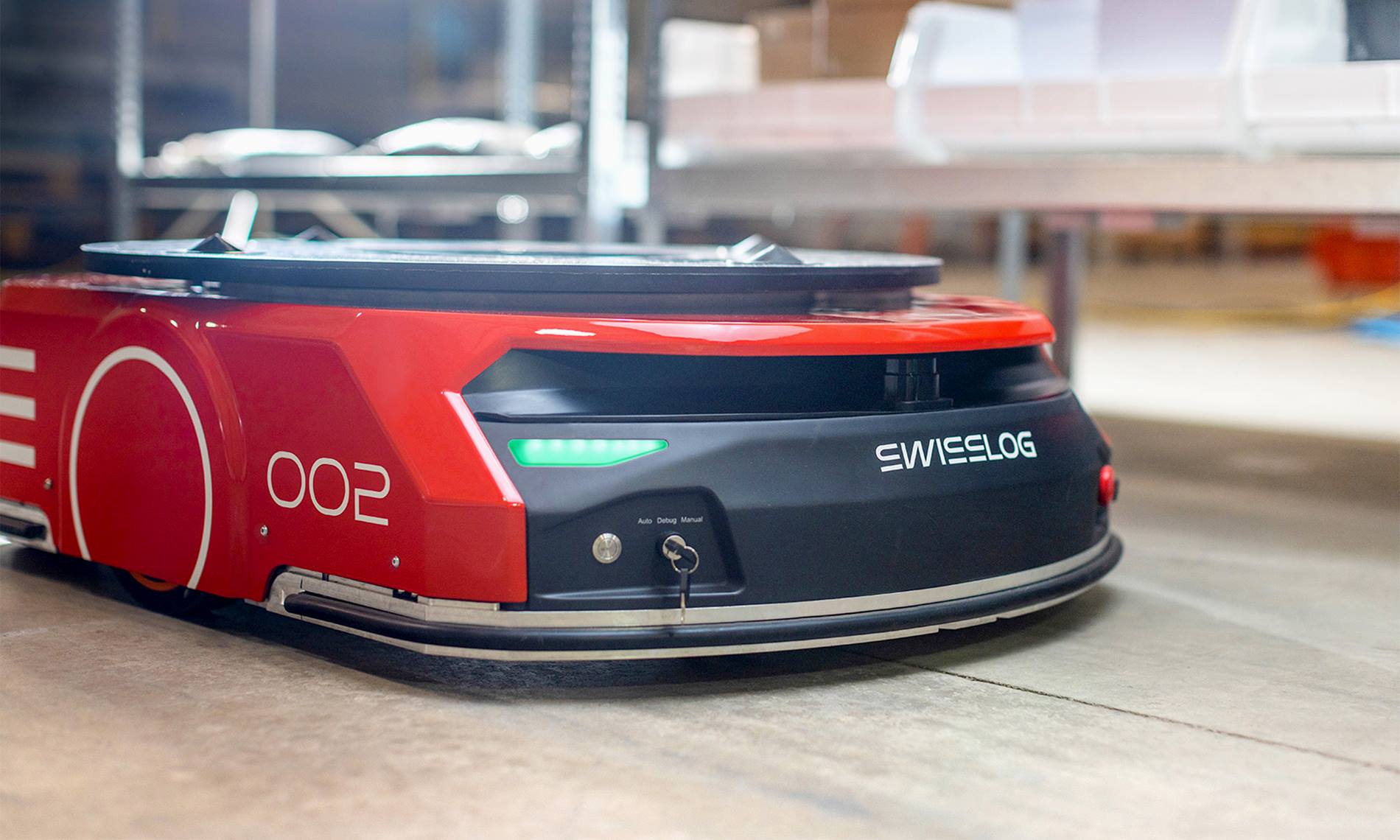
Turning CAPEX into OPEX: How Automation-as-a-Service is Changing the Financial Model for Warehouse Automation
23 April 2018
Automation-as-a-service allows you to turn CAPEX into OPEX while increasing operating flexibility. Modular, repurposable automation makes it possible.
You’re probably familiar with the “as-a-service” model from its application to software.
Software-as-a-service (SaaS) has grown dramatically over the previous ten years by allowing organizations of all sizes to reduce capital costs and increase agility. Through its widespread adoption, SaaS has essentially transformed software from a capital expense to an operating expense and, in the process, eliminated the disruptive software upgrades that were inevitable with on-premises software.
Can a similar transformation happen with warehouse automation systems?
Warehouse automation-as-a-service may not achieve the same level of adoption that SaaS has enjoyed—some businesses will likely always prefer to own their physical assets—but it is an attractive model to many warehouse operations. And, because of the advances made in automation technology, it is now a viable option for organizations seeking to transform CAPEX into OPEX.
Until very recently, automating warehouse processes typically involved installing fixed, “bolted down” conveyor and sortation systems. If business requirements changed or new, more advanced automation systems became available, those fixed systems couldn’t adapt. Often, they became obsolete long before a return on the capital investment was realized. And given the long lead times necessary to implement them, they were likely inadequate on the day they were commissioned.
Warehouse operators would have loved to shift the front-end costs of those systems to manufacturers, but conveyor system manufacturers would have gone broke accepting that arrangement. Plus, the systems were physically integrated with the warehouse. They couldn’t just be ripped out and redeployed somewhere else and, in most cases, they couldn’t be easily or economically modified.
That’s no longer the case thanks to the development of modular, flexible automation systems, such as Swisslog’s CarryPick. CarryPick is a goods-to-person picking system that uses small mobile robots to carry racks of products to stations where they can be picked more efficiently than is possible using conventional approaches.
CarryPick is a particularly good candidate for automation-as-a-service because it can be deployed or expanded without physical changes to the warehouse and is portable. CarryPick robots can literally be picked up and moved from one location to another. When combined with an automation-as-a-service acquisition model, the portability of the CarryPick system opens up new opportunities for warehouse operators to efficiently deal with changing demand.
Before we get to those opportunities, let’s review how the automation-as-a-service model can be structured. Like the technology that enables it, the model is flexible.
Typically, the automation system costs are directly tied to the productivity of the automation system. For example, based on an agreed-to contract commitment, a “pay-per-pick” model is employed in which compensation is based on the number of picks, presentations, order lines or other agreed-to metric. This eliminates up-front capital costs and allows the system to pay for itself as it contributes to improvements in productivity and efficiency. Alternately, the software component of the system can be acquired on a subscription basis in a SaaS model, with the hardware purchased as a capital expenditure.
Now back to those new opportunities the automation-as-a-service model creates. As use of the model grows, our inventory of automation systems, such as CarryPick mobile robots, will expand. This will allow us to offer fast, temporary deployments of additional CarryPick robots to handle increased demand during peak seasons or unanticipated growth spurts. Business capital is freed up to support growth initiatives beyond fulfillment and automation costs stay tied closely to productivity.
Another opportunity is in the application of automation by third-party logistics providers. In many cases, 3PLs have been reluctant to invest in automation because they can’t be sure they will realize a return on their investment within the relatively short terms of their customer contracts. Automation-as-a-service removes the front-end cost from this calculation, allowing the 3PL to accrue the cost of the automation just as it does personnel costs. It can even re-deploy the automation across its customer base as demand shifts.
Automation-as-a-service represents the next evolution of warehouse automation. Swisslog helped pioneer the move away from fixed systems to the modular, flexible automation that makes automation-as-a-service feasible. Now, we are prepared to pioneer the move to automation-as-a-service by offering this model for the full range of our automation solutions. We would love to talk to you about your specific requirements.




